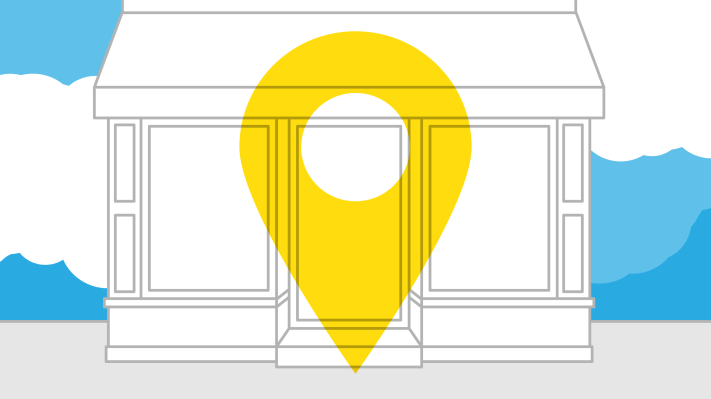I come from a small-business family. My mom has owned three small businesses; most recently, a medical clinic in the South Bay. But it was in her first business, a Chinese restaurant outside Chicago, where I saw firsthand the challenges facing small-business owners.
When politicians say that “small businesses are the backbone of America,” it’s no exaggeration. The latest U.S. Census data shows that 90 percent of all businesses in the U.S. have fewer than 20 employees, and 99.9 percent have fewer than 500. Small businesses provide 55 percent of the jobs in the U.S., and that number hasn’t changed significantly in the past century. It’s safe to say the U.S. economy wouldn’t run without small businesses.
Unfortunately, for most of its life, Silicon Valley has failed to address this critical segment of the economy. Sure, there are the few exceptions: Square helps them take money without relying on cash; Expensify lets smaller companies act a bit bigger; Gusto (formerly ZenPayroll) helps them with benefits and payroll; Weebly helps them build a site. All these services add value to a small business’ bottom line.
But these are all supporting ongoing business operations and finding ways to cut costs, rather than adding a real way to make money. And many startups aren’t even focused on small, local businesses at all. So why is Silicon Valley ignoring the biggest segment of businesses in the country?
With little innovation in the small-business space … the backbone of America is starting to break.
First of all, chasing small-business customers generally isn’t in a tech startup’s best interest. The problem facing many startups is the need to scale; selling to local businesses takes too much work. You’re much better off selling 1,000 licenses of your SaaS product to a larger company than trying to sell those licenses two seats at a time to 500 different companies.
Second, whether you’re selling to consumers or businesses, it’s much easier to convince customers when you’re offering an incremental, iterative improvement to an existing state of affairs rather than trying to create an entirely new behavior. For consumer companies like Lyft, Shyp, Luxe and many others, taking an established transaction and improving the experience is the way to go.
Third, helping a small business dynamically grow their business is incredibly difficult. Sure, you can trim costs in one place and improve efficiencies in another, but if your business is selling blue jeans or burritos, you’re limited by the capacity of your store and the amount of your inventory. A restaurant could make a little extra money by turning over a table a few minutes quicker, but it won’t transform their business.
With little innovation in the small-business space, the fact of the matter is that the backbone of America is starting to break. In 2012, 305 of the nation’s 381 metropolitan areas grew their GDP. In 2013, the number was down to 292 metro areas. In 2014 it was 282.
Recent retail research sheds even more light on that downward trend, showing that as national chains continue to grow, local businesses are disappearing. For example, data from retail research house NPD reported a 2 percent decline in independent restaurants in the U.S. in 2015. That kind of change is surely having an impact on overall GDP growth.
Washing dishes in my mom’s restaurant as a kid, I realized that when you run your own business you’re always worried about 50 different things at any given time. As a result, the way to support local businesses is not by cutting a few costs. Rather, it comes from creating an entirely new business line and growing their sales, all without adding a 51st hassle for the business-owner to worry about.
Nowhere more than here does the new Silicon Valley adage “do things that don’t scale” apply more perfectly. Local economies need a new wave of bright, innovative minds seeking local businesses as potential customers, finding ways to add revenue to their top line rather than just shaving off cost at the bottom. Those ideas will come from thoughtful solutions to age-old problems and from taking the time to meet with your small business customers one on one. That’s how we built our business, and I know more entrepreneurs in our community are beginning to think that way, too.
With such potential in Silicon Valley, a small shift toward solving local problems would have a big impact on small businesses and help to build up our local economies again. If local businesses are empowered to grow the same way as tech startups, we could reverse the declines we’ve seen in the past few years. Surely we can help solve that problem.
